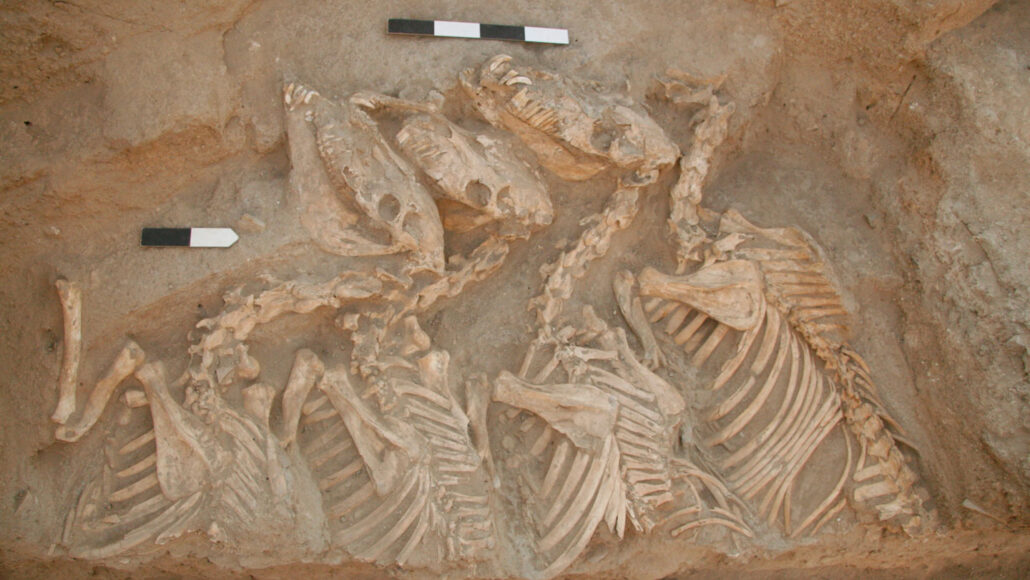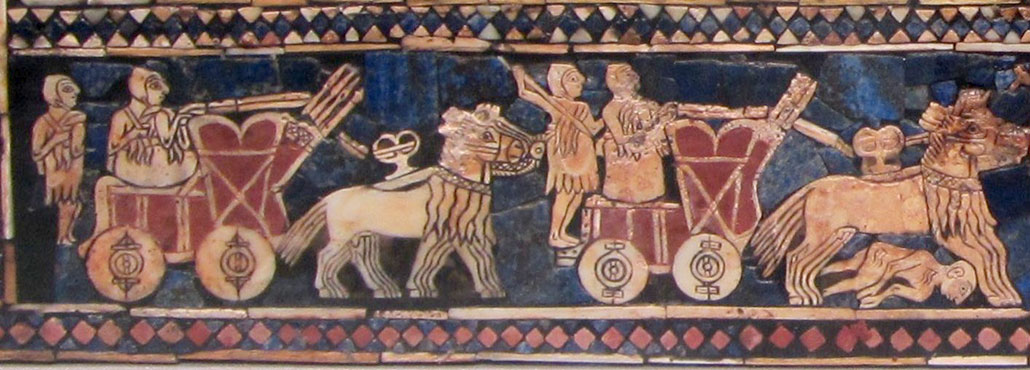clay: Fine-grained particles of soil that stick together and can be molded when wet. When fired under intense heat, clay can become hard and brittle. That’s why it’s used to fashion pottery and bricks.
coauthor: One of a group (two or more people) who together had prepared a written work, such as a book, report or research paper. Not all coauthors may have contributed equally.
colleague: Someone who works with another; a co-worker or team member.
DNA: (short for deoxyribonucleic acid) A long, double-stranded and spiral-shaped molecule inside most living cells that carries genetic instructions. It is built on a backbone of phosphorus, oxygen, and carbon atoms. In all living things, from plants and animals to microbes, these instructions tell cells which molecules to make.
Equus: A genus of animals that includes horses, donkeys, asses and zebras. Animals in this group are also known as equines.
extinct: An adjective that describes a species for which there are no living members.
genetic: Having to do with chromosomes, DNA and the genes contained within DNA. The field of science dealing with these biological instructions is known as genetics. People who work in this field are geneticists.
genome: The complete set of genes or genetic material in a cell or an organism. The study of this genetic inheritance housed within cells is known as genomics.
hemippe: The common name for a type of wild ass (Equus hemippus) that lived in Syria and Iraq until about a century ago. It is now extinct.
hybrid: An organism produced by interbreeding of two animals or plants of different species or of genetically distinct populations within a species. Such offspring often possess genes passed on by each parent, yielding a combination of traits not known in previous generations. The term is also used in reference to any object, process or idea that is a mix of two or more things.
organism: Any living thing, from elephants and plants to bacteria and other types of single-celled life.
trait: A characteristic feature of something. (in genetics) A quality or characteristic that can be inherited.









